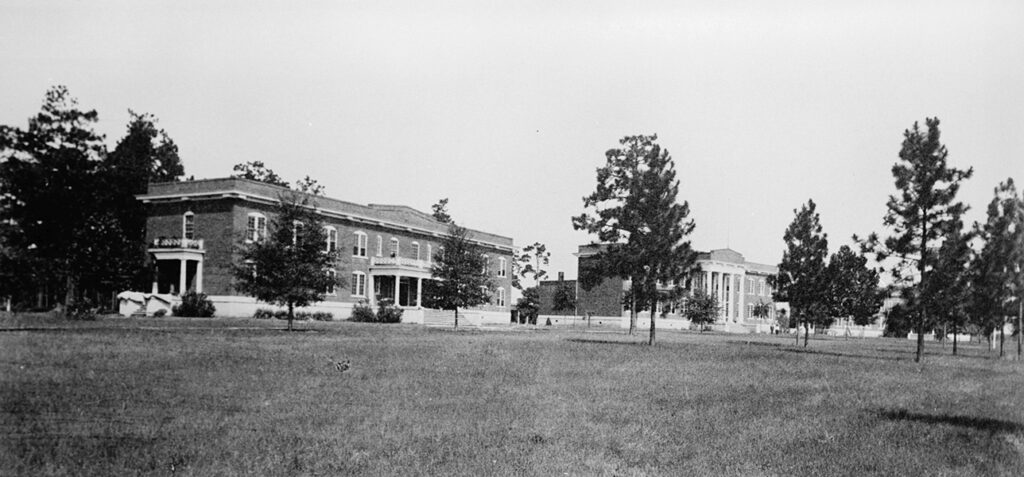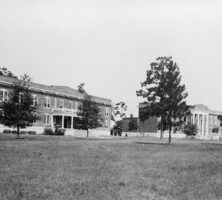Covering an area of 265 square miles in south central Georgia, Tift County was created in 1905 from sections of Berrien, Irwin, and Worth counties.
The county was named after Nelson Tift (1810-91), who was an instrumental civic and political force in the Albany area. His nephew Henry Tift founded the county seat, Tifton, in 1872 when a sawmill began operating in the town. The city was later incorporated in 1890.
According to the 2020 U.S. census, Tift County had a population of 41,344. Two smaller communities in the county are Omega, which has a population of 1,221, and Ty Ty, with a population of 725. Ty Ty gained its name from the trees that once lined Ty Ty Creek, which runs through the area. These Ironwood and Buckwheat trees are referred to as white and black titi trees.

Tift County is touted as the “Plant Capital of the World” because of the many different varieties of plants and vegetables that are grown in the area and shipped around the globe. With just under 3,400 students, Tift County’s Abraham Baldwin Agricultural College is the largest residential two-year institution in the state and offers forty-one transfer programs and nineteen certificate programs. The University of Georgia Tifton campus conducts research on crops and the farming industry. The Tift-area campus of Southern Regional Technical College (formerly Moultrie Technical College) is located just south of Tifton and offers certificate programs and adult literacy programs, as well as Quick Start training for business and industry.

The county is bisected by Interstate 75, which makes it a prime location for business and industry. The area has access to the Henry Tift Myers Airport, which can support local and commuting air traffic. One of the largest employers in Tift County is Shaw Industries.
Georgia’s official museum of agriculture, the Georgia Museum of Agriculture and Historic Village (formerly the Georgia Agrirama), is a living history museum that recreates daily life in the late nineteenth century. The site features a functioning sawmill, a locomotive, working farms, an operational general store, and a Gutenberg printing press. More than thirty-five restored or reconstructed buildings sit on the ninety-five-acre preserve.
Annual events in Tift County include the Love Affair Fine Arts Festival, the Spring Folk Life Festival and Fiddler’s Jamboree, and a Victorian Christmas.








